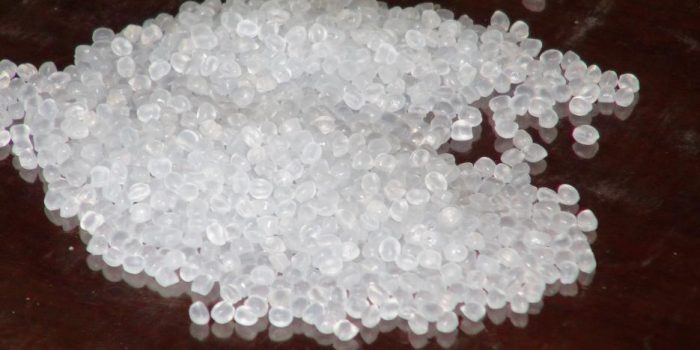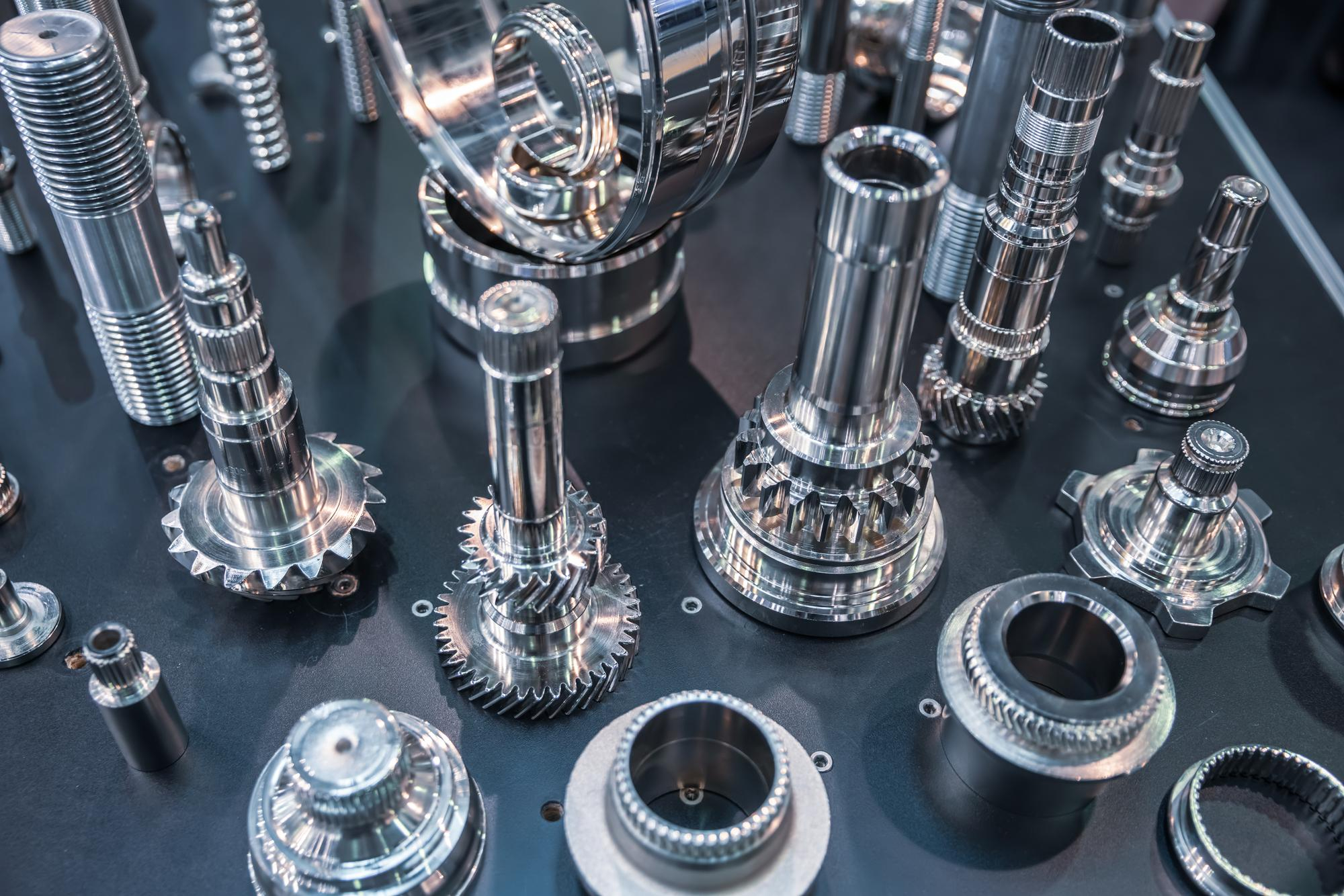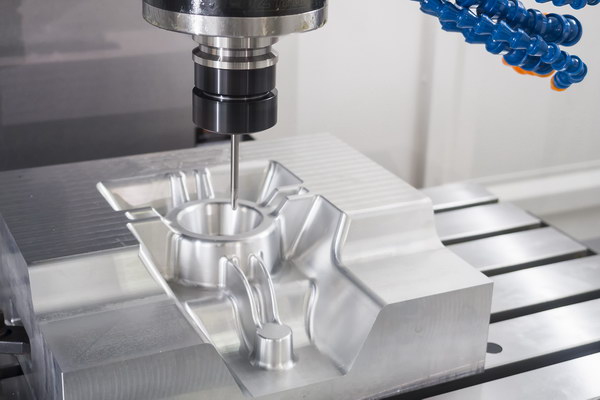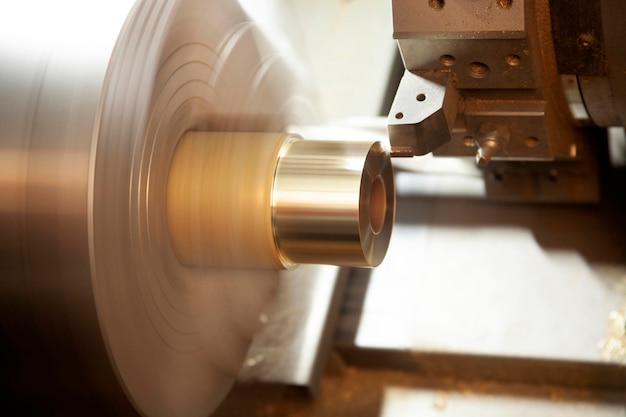Introduction to Delrin in CNC Machining
Delrin, a trade name for acetal homopolymer resin, is renowned for its high tensile strength, stiffness, and dimensional stability. This engineering thermoplastic stands out in CNC machining technology due to its ease of machining, durability, and low friction properties. It serves as an excellent choice for producing precision parts that require complex geometries or tight tolerances. In the realm of CNC machining, Delrin is often employed for gears, bushings, and bearings, where it effectively reduces wear and noise levels, contributing to the longevity and efficiency of mechanical systems.
Properties of Delrin Material
Delrin, a trade name for Polyoxymethylene (POM), is favored in CNC machining due to its superior physical and mechanical properties. When compared to other plastics, Delrin exhibits excellent dimensional stability, high stiffness, low friction, and impressive wear resistance which are crucial attributes for precision components. These characteristics allow machinists to achieve tight tolerances and smooth finishes that are essential in demanding applications. Delrin also boasts a low coefficient of moisture absorption, making it more reliable than some other plastics like nylon, which can warp due to humidity changes. In terms of temperature tolerance, Delrin performs well under continuous use at temperatures as high as 90°C, outperforming acetal copolymer-based materials. Its ability to resist solvents and chemicals makes it an advantageous option for parts intended for challenging environments. By providing such consistency and resilience within CNC processes, Delrin stands out as a preferred material among engineering thermoplastics.
Advantages of Using Delrin in CNC Machining
The incorporation of Delrin, a thermoplastic polymer, into CNC machining operations boasts remarkable benefits owing to its durability and inherent strength. This material demonstrates exceptional machinability characterized by its heat resistance and the ease with which it can be cut, significantly reducing wear on cutting tools and machine time. For instance, when creating complex components that demand precise tolerances and a smooth finish, Delrin outperforms conventional plastics as it maintains dimensional stability and exhibits minimal warping under mechanical stress or thermal variations. Its advantages are made evident in applications such as precision gears, where Delrin’s low friction coefficient and high abrasion resistance extend component lifespans well beyond those achievable with other materials.
Applications of Delrin in Industries
Delrin’s unique blend of strength, low friction, and chemical resistance makes it a preferred material for precision parts across numerous industries. In the automotive sector, for instance, Delrin is often utilized for manufacturing bushings, gears, and fuel system components due to its durability and ability to withstand fluctuating temperatures without degrading. A specific example can be seen within the realm of electronic gadgets; manufacturers leverage Delrin’s insulating properties and toughness to create durable housing for delicate electronics. By CNC machining these components, companies ensure precise tolerances and high-quality finishes that are essential for maintaining performance standards. One case study highlighting Delrin’s application comes from the medical industry, where it is used to fabricate surgical instrument handles because of its stability, ease of sterilization, and comfortable grip which is vital for surgeons during operations.
Best Practices for Machining Delrin
Selecting the right tools is critical when machining Delrin to achieve optimal results. High-speed steel (HSS) or carbide tools are recommended due to their durability and precision. The feed rate and speed must be adjusted appropriately; a feed rate that is too slow can result in melted material, while a rapid approach can lead to chipping. Typically, spindle speeds between 600 – 1,200 RPM with a feed rate of 0.005 – 0.01 inches per revolution ensure a clean cut and prolong tool life. Moreover, maintaining a stable environment—away from excessive heat or moisture—is essential to prevent any dimensional changes in the Delrin during the machining process.
Designing CNC Parts with Delrin
When designing CNC machined parts using Delrin, it is essential to consider the material’s distinct characteristics to fully benefit from its capabilities. For instance, incorporating generous radii and avoiding sharp internal corners can accommodate Delrin’s tendency for stress concentration, which could otherwise lead to crack initiation during or after machining. Designers should maintain uniform wall thicknesses where possible to reduce the likelihood of warping due to thermal processes, as Delrin responds variably to temperature fluctuations. Furthermore, being mindful of adequate support for thin features can prevent bending or distortion given Delrin’s flexibility. Utilizing these design strategies helps in minimizing potential issues inherent to Delrin, ensuring a reliable manufacturing process and high-quality components.
Finishing Techniques for Delrin Components
Once Delrin components have been shaped through CNC machining, specific finishing techniques are employed to achieve the desired surface quality and dimensional accuracy. Common methods include polishing to enhance the aesthetic appearance and smoothness of the material, as well as applying a sealant that can help to protect the material from contaminants. Certain aggressive chemical treatments are generally avoided because Delrin can be sensitive to harsh solvents, potentially leading to surface damage or dimensional changes. Rather than abrasive finishing methods which may compromise its integrity, slight bead blasting might be used cautiously for a matte finish. Each technique is chosen based on the necessity to maintain Delrin’s mechanical properties while also ensuring the part operates effectively in its final application.
Challenges and Solutions in Delrin CNC Machining
In the realm of CNC machining, working with Delrin can present specific challenges that require tailored solutions to maintain efficiency and precision. One common issue is Delrin’s susceptibility to warping due to its sensitivity to heat generated during the machining process. This problem often necessitates intricate temperature management strategies such as optimizing cutting speeds and implementing coolants strategically. Additionally, achieving tight tolerances with Delrin might be problematic owing to its relatively soft nature compared to metals, potentially leading to material creep or deformation over time. To address this, machinists frequently employ specialized tool paths and support structures that accommodate for potential dimensional instability. An industry example includes using diamond-coated tools to enhance surface finish quality while reducing the friction-induced thermal load, thereby mitigating the risk of a compromised detailing on final parts.
Future Prospects of Delrin in Advanced Manufacturing
Within the realm of CNC machining technology, Delrin stands poised for innovative applications due to its exceptional mechanical properties and ease of manufacturing. As industries continue to pursue advancements in lightweight yet durable materials, Delrin is anticipated to become increasingly integral in sectors such as automotive, where the demand for fuel efficiency can drive the substitution of metal parts with high-performance polymers. Emerging trends are likely to embrace the integration of Delrin with additive manufacturing techniques, enabling the creation of complex geometries that were previously unattainable, while reducing material waste. The evolution of smart factories might see Delrin utilized in the production of sensitive components, benefiting from its low-friction and wear-resistant characteristics. Furthermore, as automation and robotics gain prominence, Delrin’s capacity for precision and reliability under repetitive stress suggests a significant role in the development of long-lasting robotic components.
Dimensional Stability of Delrin in CNC Machining
Delrin, also known as Polyoxymethylene (POM), is highly valued in the CNC machining process for its exceptional dimensional stability. This characteristic arises from Delrin’s low moisture absorption rate and excellent resistance to thermal expansion and contraction, allowing components to maintain precise tolerances even under variable environmental conditions. For instance, in applications where components must fit together tightly without warping or changing dimensions over time, such as in mechanical gears or high-precision assemblies, Delrin proves to be an advantageous choice due to its consistent behavior. Its inherent stiffness and mechanical strength further complement its dimensional reliability, making it a go-to material for precision parts that demand exact specifications.
Delrin’s Temperature Tolerances in CNC Machining Applications
When it comes to high-temperature applications, the thermoplastic known as Delrin, or Polyoxymethylene (POM), exhibits a strong resistance to heat but with limitations. With a melting point of approximately 175°C (347°F), Delrin maintains good dimensional stability and mechanical properties up to about 120°C (248°F). However, its performance can be compromised if consistently exposed to temperatures above this threshold. The material would start softening and could potentially deform, which makes it less ideal for parts that are continuously operated or stored at high temperatures. In CNC machining, while Delrin is appreciated for its ease of machining and precision capabilities, engineers must carefully consider these temperature tolerances to ensure component longevity and reliability in their intended operational environments.
Cost Comparison Between Delrin Machining and Metal Machining
In CNC machining, the cost of manufacturing components from Delrin generally tends to be lower compared to metals. Delrin’s machinability allows it to be cut at high speeds with precision, leading to reduced labor time and tool wear costs. Moreover, being a lightweight thermoplastic, Delrin has minimal material waste and can often be machined using less complex tooling than that required for metals, all contributing to cost efficiency. For instance, while machining aircraft interior parts, choosing Delrin over aluminum can significantly reduce both the direct costs of material and the overall machining expenses. However, factors such as part complexity, tolerances, and production volume will ultimately influence the cost comparison between these materials.
Environmental Concerns Associated with Using Delrin
Delrin, a popular thermoplastic used in CNC machining for its high strength and durability, does raise environmental concerns regarding its production and end-of-life disposal. As a synthetic polymer derived from petrochemical sources, its manufacture contributes to fossil fuel consumption and associated emissions. Since it doesn’t biodegrade, discarded Delrin can persist in the environment for long periods, posing potential risks to wildlife and ecosystems if not properly managed. However, Delrin is recyclable under suitable conditions; it can be remelted and reformed into new products, which underscores the importance of well-structured recycling programs to mitigate environmental impacts.




